Predictions On Self Driving Car Timeline From Top Automakers In The World
Most of the automakers around the globe are trying to bring Self-driving cars (Cars that drive themselves) into the market than ever before. But, they are not able to deliver a genuinely fully autonomous car. And it is yet to confirm when will the self-driving car be available.
Recommended to read: AI In Automotive Industry – Benefits & Current State
After a complete understanding of the automaker’s statements and public investments by their C-level executives, it is clear that most of the autonomous cars development companies are gaming that artificial intelligence used in self-driving will be inevitable.
It is the reason most of the companies and people are jumping in with the investments and initiatives into fully self-drive car companies.
With billions of dollars in acquisitions and Research & development, there are heaps of fooder for media hype in machine learning. But, there haven’t been numerous concerted efforts to bring together the facts and answer to fundamental questions.
At USM, you can get to know about the insights on how AI will impact the particular industry in the short and long term, and we also educate them on what they need to do to battle in the market.
We at USM follow the opportunity landscape methodology that involves Research into what executives at the top players in a given particular industry are telling about how their companies are investing in artificial intelligence.
In this article, we are here to know about the self-driving car (Car drive itself) timelines of the world’s largest top automakers. All organizations and businesses will be affected by the imminent transitions in autonomous vehicle tech; we intend to put the most pertinent particulars together for business leaders & auto enthusiasts alike.
Before we move onto top automakers around the globe, let us know something in detail about the self-driving cars.
- Self-driving by levels
Self-driving is an indistinct term with unclear meaning. It means the vehicle can safely drive itself under certain conditions, but the thing is the driver needs to be active enough to intervene whenever required or called on.
It is a car that could drive itself on the highway when you are having food or watching a movie, but you need to take care of driving when you get off from the high way. And some of the people call it as partially self-driving.
To explain you in detail about the levels of self-driving, we are taking the reference of SAE International that you can view below:
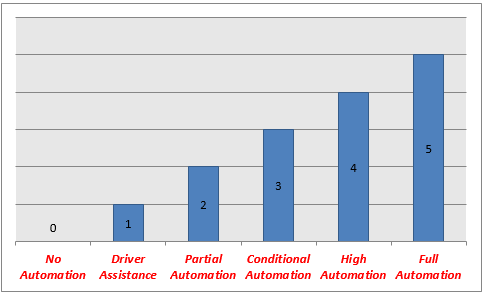
Level 1
At this level, some small tasks like steering handling or acceleration are performed by the car without the help of a human or driver, but remaining everything is under control of a human.
Level 2
At this level, it will have an advanced autopilot system or cruise control on some of the Tesla vehicles. This level of cars can automatically take safety actions, but the driver needs to stay alert at the wheel.
Level 3
At this level also requires a human driver, but the human can put some ‘safety-critical functions’ to the vehicle under specific environmental or traffic situations.
It posses some probable dangers as humans pass the major tasks driving to or from the car itself, because of which many companies are not showing much interest in level 3 that leads directly jumping to level 4.
Level 4
In this level, a car can run almost all time without any human intervention but might be programmed not to impel in unmapped areas. In this level 4 vehicle, you can even sleep while it’s moving without any fear.
Level 5
This type of automation vehicle is entirely automated for all conditions.
All these technical terms are not essential for the customers, because of which automakers don’t talk about their technology in these particular SAE terms.
Most of the customers look out for the cars (Level 3) that drive themselves for a big part of the customer highway commute.
OR
Cars (Level 4) that can steer themselves almost as long as you live in a metropolitan city or area.
In this ongoing article, you can get to know more about self-driving cars of levels 3 & 4. Whenever it is possible, we differentiate between what type of self-driving a particular person is talking about it.
Recommend: How Automotive Industry Is Evolving With Artificial Intelligence?
Timeline for top five automakers
- GM: Self-driving
“We expect to be the first high volume auto manufacturer to develop fully autonomous vehicles in a mass-production assembly plant” By CEO Mary Barra
In 2016, GM acquired Cruise Automation by spending $581 million.
In early 2017, many rumors came into the market by saying that GM is going to set out thousands of self-driving electric cars in 2018 with the help of its ride-sharing partner Lyft. And GM spent $500 million to take a 9% stake in Lyft for the development of on-demand autonomous vehicles.
Building mobility as a service is the first use of GM self-driving cars has several clear benefits. It means vehicles need to be programmed to operate in a limited geographical area.
The significant external hardware accompaniments required for autonomous systems in cars might also turn away standard car buyers in favor of something more conventional and pleasurable to the eye.
Carmakers are no longer hastening to be the first to introduce autonomous vehicles for customers and ride-hailing services. Apart from that, they are, in large part backing away from their prior predictions as to when self-driving cars need to be on the road.
As of 2019, Cruise is mainly focusing on testing their vehicles in some selected cities such as Arizona, Michigan, and California.
According to the Ammann, “To reach the standard level of performance and safety validation required to deploy a complete driver less service in San Francisco. And we will be increasing our testing & validation miles over the balance of this year that has the cause of carrying the timing of fully driverless deployment beyond the end of the year”.
Along with that, GM asked the clearance of developing self-driving cars that lacks parts like steering wheels from the federal government. For which the US government did not give any confirmation until now.
- Toyota
Toyota is one of the top automakers in the world, and it is more skeptical about autonomous vehicles. But, in the year 2015, the company invested a more significant amount in autonomous vehicles development.
The company has invested $1 billion in the last five years to develop robotics and AI technology because of which it hoped to launch products on its highway teammate programs in 2020.
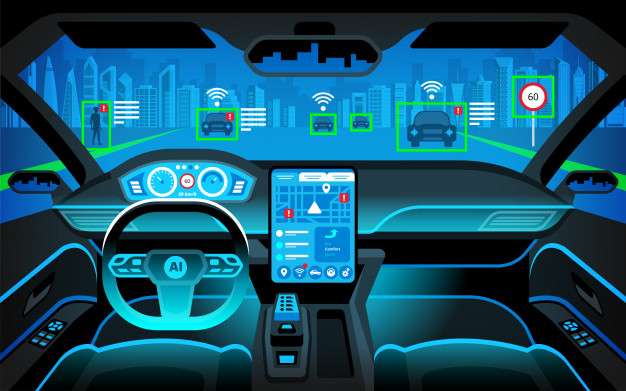
The CEO of Toyota Research Institute said that “ None of the IT or automobile industry is close to achieving 100% level 5 autonomy, and we are not even close to it”. He also believes that a few numbers of companies are going to release level 4 cars in some specific areas and that is going to be very much useful for ride-sharing companies.
And the company in 2019 announced it is employing AI technology to bolster its autonomous vehicles.
- Honda by 2020
By the end of 2016, Honda announced that it is in discussion with the Waymo, to include Waymo technology in their Honda vehicles.
Honda planned to have cars that can at least drive themselves on highways by 2020, but it is not something achievable because of the recent developments.
Honda has done with its talks with Waymo in 2018 because of the differences between both parties. Waymo wanted Honda to deliver cars to its self-driving technology, whereas Honda wanted access to that Waymo technology.
After done with Waymo, Honda bought GM’s Cruise for developing self-driving vehicles specific to Cruise. After going through all the scenarios, it seems very difficult for Honda to jump into self-driving technology when compared to Ford and GM because they invested heavily in the technology several years before.
Recommend: The Significance Of AI Technology By Industry
- Renault-Nissan-2020
Renault-Nissan has planned to deploy autonomous cars in 2020 for urban conditions and expected to deploy complete driverless cars by 2025.
In 2016, Renault-Nissan partnered with Microsoft to support advances in autonomous vehicle efforts. And in 2019, it has begun talks to merge with Fiat-Chrysler in a larger section to unite efforts into self-driving technology, but the things are it is not fruitful yet.
After that, it partnered with Waymo to work on self-driving car technology for all its vehicles. The company planned to release 10 different self-driving cars by 2020, but what will happen let’s wait and see.
Recommend: Top 10 Use cases of AI in Manufacturing & Production
- Ford by 2021
In 2017, CEO Mark Fields said in his interview, “ Ford planned to have a level 4 vehicle in 2021 with no gas pedal, no steering wheel, and the customer need not worry about the control of the car in a particular area”.
In the same year, Ford invested $1 billion into an AI startup called Argo AI. Initially, the company planned to use for ride-hailing service like to GM.
After two years, Ford’s Argo AI invested $15 million for developing an autonomous vehicle research center at Carnegie Mellon University. For the next five years, the primary focus will be on improving self-driving technology, including algorithms and sensors.
Ford initially planned to directly to develop level 4 cars by skipping level 3 cars. But during testing its proved that level 3 automation could lead to the company engineers dozing off, and they are not ready to take over when called on.
At the starting of 2019, the CEO said that we are wrongly estimated the arrival of autonomous vehicles, and he told that the company expects to launch in 2021.
And it’s again clear that in 2019, most of the companies are focusing strongly on branding their approaches to self-driving technology as ‘Safety first’.
Recommend:Artificial Intelligence in the Transportation Industry
- Conclusion
In 2016, many research analysts & industry leaders expected autonomous vehicles to be on the road by early 2020. But it doesn’t happen because when they made predictions, automotive executives were likely to catch up in the hype of AI.
But the current situation is different because now they understand how tricky machine learning projects are, let alone those for self-driving cars.
It makes sense despite the massive amounts of venture capital in the space and self-driving car technology still a long way off before they come into the market at any legitimate scale.
The other consideration is the self-driving cars adoption timelines mainly depend on the regulatory developments in the next coming up years. The autonomous vehicle requires both the technological and legal frameworks.
If you are in a major city, you will be able to hail some form of autonomous vehicle ride in less than a decade, and AI is becoming more and more part of our everyday life, and no industry is an exception for it.
Are you an automaker and looking for AI vendors to invest in the AI solutions that can deliver a strong ROI?
If you are such kind of C-level executive, you are at the right place, Contact us.
Our AI experts will get back to you ASAP.
“How USM’s AI Solutions Benefit Your Business?”





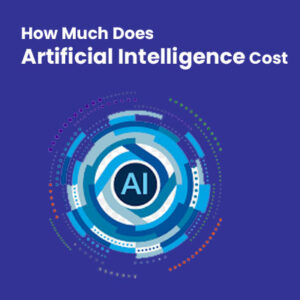


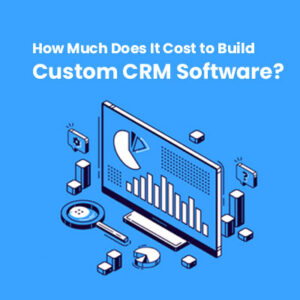



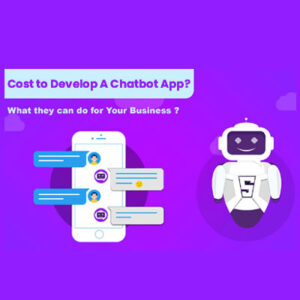







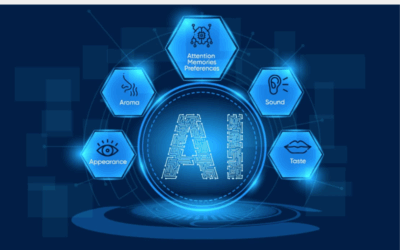

My brother recommended I might like this website. He used to be entirely right. This publish truly made my day. You can not believe just how much time I had spent for this information! Thank you!|